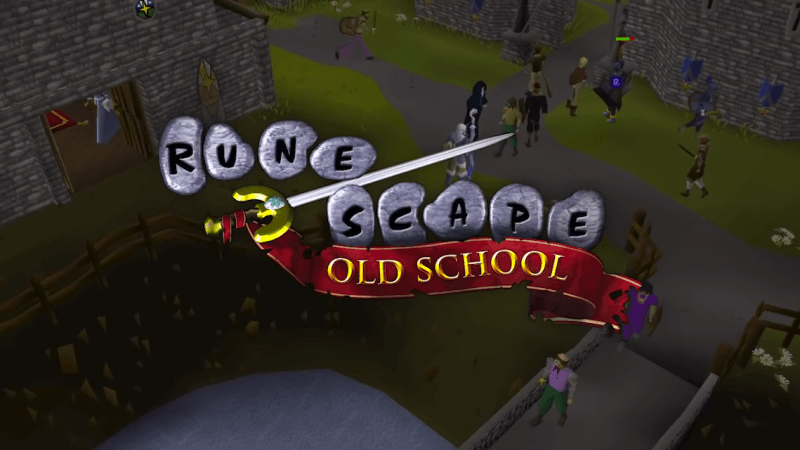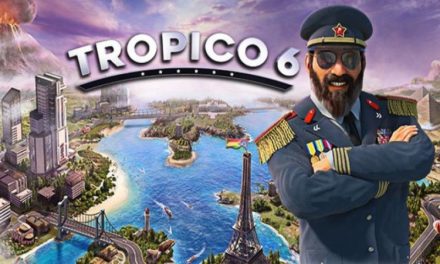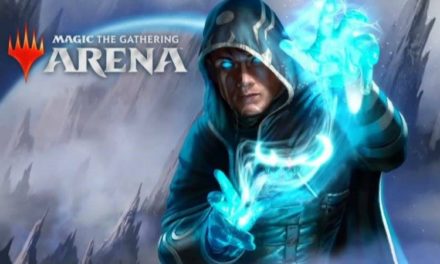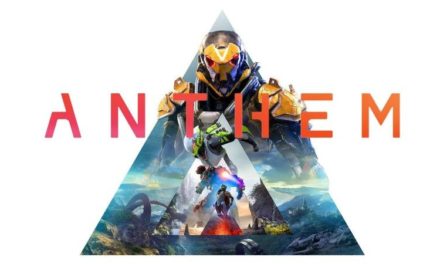The original RuneScape game was released as an open-world F2P slasher and world exploration MMORPG by Jagex in 2001, with a reboot launched in 2004. Old School RuneScape is the third rendition of the game and was created in response to the declining users on the RuneScape server and was released on February 22, 2013. In an attempt to attract new users, they decided to relaunch the game based on their 2007 servers.
While the nostalgia factor did kick in in attracting users, it also implemented a voting system whereby all changes to the game would be decided by paying users via poll booths. Players can click on these booths in-game to vote on various issues within a set amount of time, and if 75% of the paid users vote in favor of a change, then it will be implemented. Another factor influencing its resurgence was its release on mobile devices. As it has always had a ‘point-and-click’ gameplay mechanic, it made the game easy for mobile users to adapt to.
Gameplay
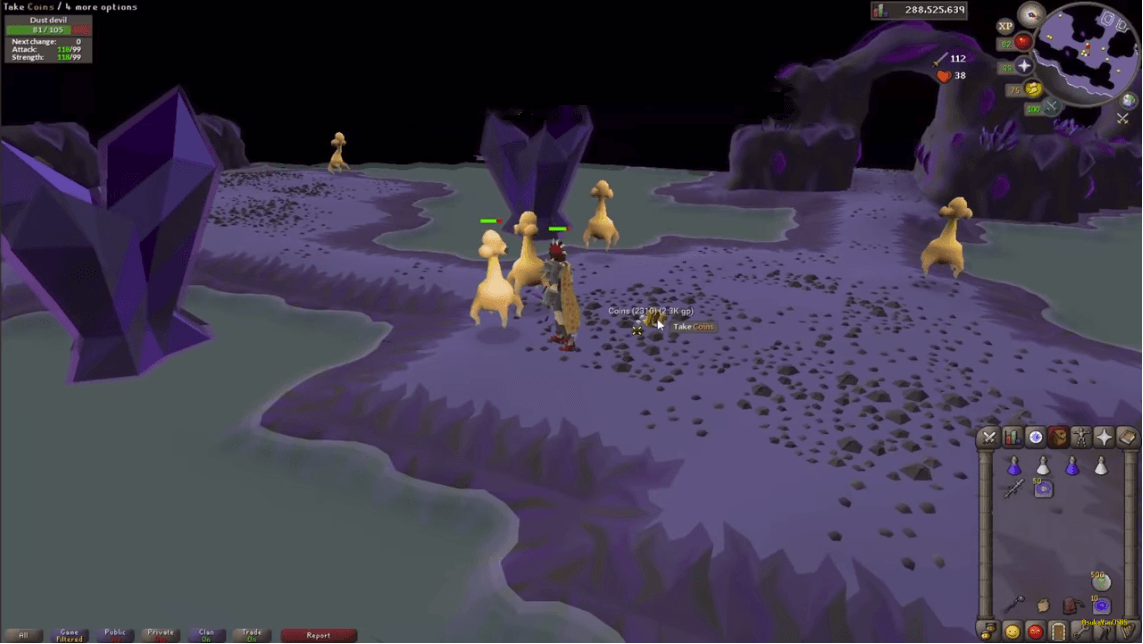
RuneScape is based in the world of Gielinor. As Old School RuneScape was a relaunch, all existing users had to start their characters from their original Level 3 untrained character and grind their way back up the ladder. However, they did not lose their progress in RuneScape 3 itself.
New players start out on Tutorial Island, where there are various NPC tutors to teach them about the different aspects of the game. Players can only learn and upgrade their skills up to Level 3. They will also be able together crafting items that they can save in the bank, to be accessed anywhere else in the Gielinor. Once they have competed the tutorial, players will be transported to Lumbridge where they will be able to engage with other player-characters and NPCs, as well as explore the world and complete quests.
Jagex are around 120 servers, each able to host 2,000 players at any one time. Some are dedicated to F2P accounts, while others are dedicated to paid members. Additionally, some servers are dedicated for PvP play, while on other servers, there are only specific locations where PvP activity is allowed. This includes the Arena and the Wilderness.
As players interact with NPCs and explore the world, they will receive various quests. These do not need to be carried out immediately, and the player can access their complete list of quests on a tab at the bottom of the screen, as a reminder. This will outline all of the requirements for he quest, which could include player level and items needed, as well as where the quest is located. Players can move between locations either by running, or by transporting themselves with magic spells or through teleportation items and devices. It is useful for players to improve their agility levels to decrease transportation time.
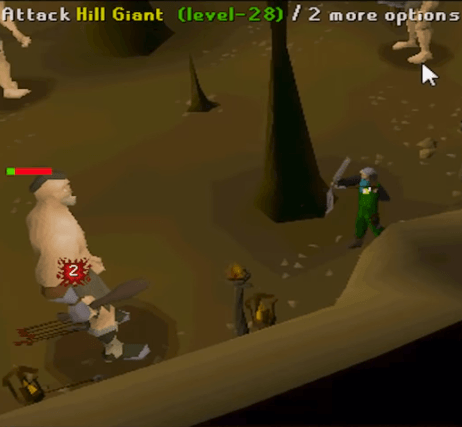 In Old School RuneScape, Players engage with NPCs and player-characters by right-clicking them and selecting an option. This also applies to combat. If a player wants to leave combat, they simply need to run away from the fight (and hopefully the monster won’t follow them). Some monsters are passive, meaning that they won’t attack unless provoked, whereas others are aggressive, which could lead to mob-attacks in some areas. Characters can only also fight with one monster at a time, so players need to be wary of this. Combat basically consists of clicking the opponent, replenishing health and switching out equipment. However, success is largely determined by the player’s skill-level and armor boosts.
In Old School RuneScape, Players engage with NPCs and player-characters by right-clicking them and selecting an option. This also applies to combat. If a player wants to leave combat, they simply need to run away from the fight (and hopefully the monster won’t follow them). Some monsters are passive, meaning that they won’t attack unless provoked, whereas others are aggressive, which could lead to mob-attacks in some areas. Characters can only also fight with one monster at a time, so players need to be wary of this. Combat basically consists of clicking the opponent, replenishing health and switching out equipment. However, success is largely determined by the player’s skill-level and armor boosts.
Outside of the main MMORPG experience, players can also play PvP or PvE mini-games. F2P players have access to four games, whereas P2P players have However, as with other PvP activities, when players play against other players, they will lose items to the other player when they are killed by them. There are a few safe minigames, though.
When players are killed by NPCs, they will drop most of their loot. If they respawn nearby, they may be able to retrieve their items before they are discovered by another player. Pets can also be lost when player’s die, so they might want to bank them before going on high-risk quests.
Character Customizations
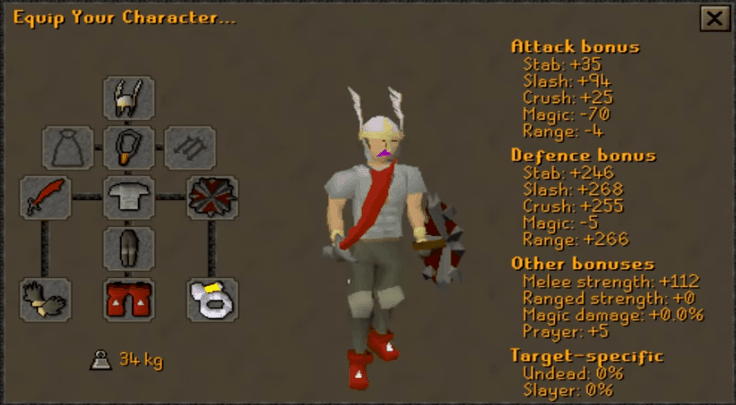
When they start the game, players will choose their character’s base clothing, gender and hairstyle. They can also toggle between colors for all of these. If they have no equipped outfits or armor, then this is what their character will look like. Players can change their character’s gender, hairstyle and outfit at any time during the game by visiting either Thessalia to change their base outfit for either 500 gold for either the shirt or trousers, or 1,000 gold for both, or by visiting the hairdresser. Players can also buy additional clothing items that they can equip at any time. While some clothing does offer a stat boost, they are generally aesthetic, with armor actually providing significant boosts. Some clothing is required to perform certain quests or enter specific locations. Other clothing, such as the fisherman’s set, offers a increased rate of levelling up the character’s fishing skill.
Some clothing can be purchased from the store, while others are acquired as loot drops or NPC rewards. Others can be crafted or are distributed as event rewards. Store-bought items are often location-specific, for instance, team capes and only be bought in the Wilderness from a cape dealer. Furthermore, each clothing item will have its own price. Clothing does count as an item, and so occupies a slot in the player’s inventory. Furthermore, although there are clothing sets, the various pieces can be equipped separately. If a player needs more inventory space, there are certain items that they can get to help them save space. For instance, completing the ‘one small favor’ quest, will award the player with a ‘steel key ring’ which can hold multiple keys at once. Event clothing can be destroyed and then re-acquired from the storekeeper, Diango, at a later stage. There are some exceptions top this, such as the Golden Mining Boots.
While many items can be traded between players, either directly or the Grand Exchange, there are certain items that cannot be traded, such as seasonal items and those awarded through quests. Furthermore, while players can store their items in banks, there is a limit to the number of items that can be stored. F2P players only receive 400 slots, while P2P players receive 8 slots. Fortunately, many items are stackable, such as coins and arrows, so this is a reasonable amount of space. Players also have 28 inventory slots in their backpack, but they will need to be careful if they are considering entering PvP zones. Players are also able to equip and extra 11 items, meaning that they can carry 11 items at once.
Skills
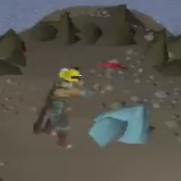 There are 25 upgradable skills in RuneScape, 8 of which are only available to subscribers. All skills are levelled up with practice and can each be levelled up to Level 99. As the player’s character obtains higher levels, they will also gain more options. For instance, as a player develops their Runecrafting skill, they will be able to craft more types of runes. Paid members are also often able to craft a wider variety of items, spells and potions. Levelling up skills are skill specific. For instance, mining rocks in certain areas will level up the character’s Mining skill, while burying bones will level up their Prayer skill.
There are 25 upgradable skills in RuneScape, 8 of which are only available to subscribers. All skills are levelled up with practice and can each be levelled up to Level 99. As the player’s character obtains higher levels, they will also gain more options. For instance, as a player develops their Runecrafting skill, they will be able to craft more types of runes. Paid members are also often able to craft a wider variety of items, spells and potions. Levelling up skills are skill specific. For instance, mining rocks in certain areas will level up the character’s Mining skill, while burying bones will level up their Prayer skill.
There are no classes in RuneScape, so players can develop any and all skills they would like to. They can also switch between weapons mid-fight, meaning that they can also switch between fighting styles that are typically class-specific mid-fight.
Emotes
Old School RuneScape offers a number of emotes. Some of them are available on default, while others are earned through quests, as item bonuses or gifted through various events. Players start off with 23 default emotes.
Member-Only Perks
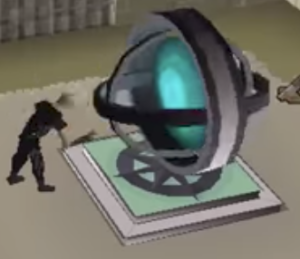 This is the pay-to-play version of the game that adds many extra features for players. This includes being able to gain the crafting skill to build and upgrade a house, with certain rooms also giving additional benefits. They also gain access to a much larger map with many new areas to explore, more dungeons, better weapons and a bigger bank account for their loot, among other things. However, it is possible to use in-game currency to purchase a two-week membership, meaning that once players reach a certain level, they can earn free membership with consistent play. Additional skills include crops Heblore to craft one’s own potions, as well as farming to grow one’s own.
This is the pay-to-play version of the game that adds many extra features for players. This includes being able to gain the crafting skill to build and upgrade a house, with certain rooms also giving additional benefits. They also gain access to a much larger map with many new areas to explore, more dungeons, better weapons and a bigger bank account for their loot, among other things. However, it is possible to use in-game currency to purchase a two-week membership, meaning that once players reach a certain level, they can earn free membership with consistent play. Additional skills include crops Heblore to craft one’s own potions, as well as farming to grow one’s own.
Pets are only obtainable by members. They are acquired as quest-drops and can be raised to maturity through certain actions. Players can only have one pet following them at a time, so if they acquire a new pet while being followed, the new pet will be added to their inventory.
Trading
While players can trade items with each-other online, real-world trading is against Jagex’s terms of use and can result in a permanent ban. Trading on the Grand Exchange is a good way to make gold early in the game, as richer players are often not interested to waste a few minutes to go seeking out certain items in random locations and would rather just buy them from other players. Examples of this include Colored (red, blue, etc.) or Team capes, food and certain other crafting items.


